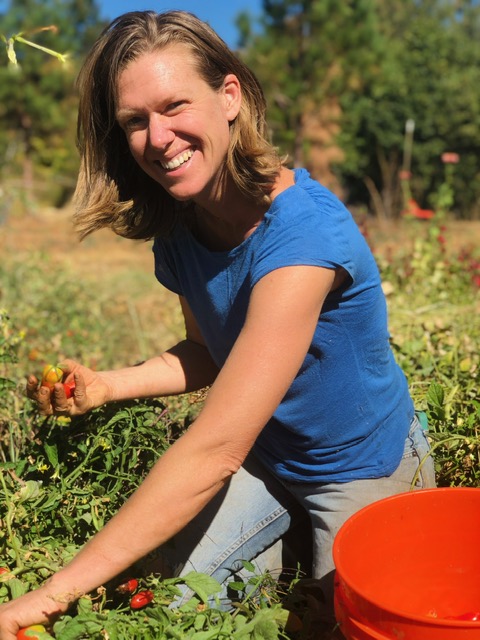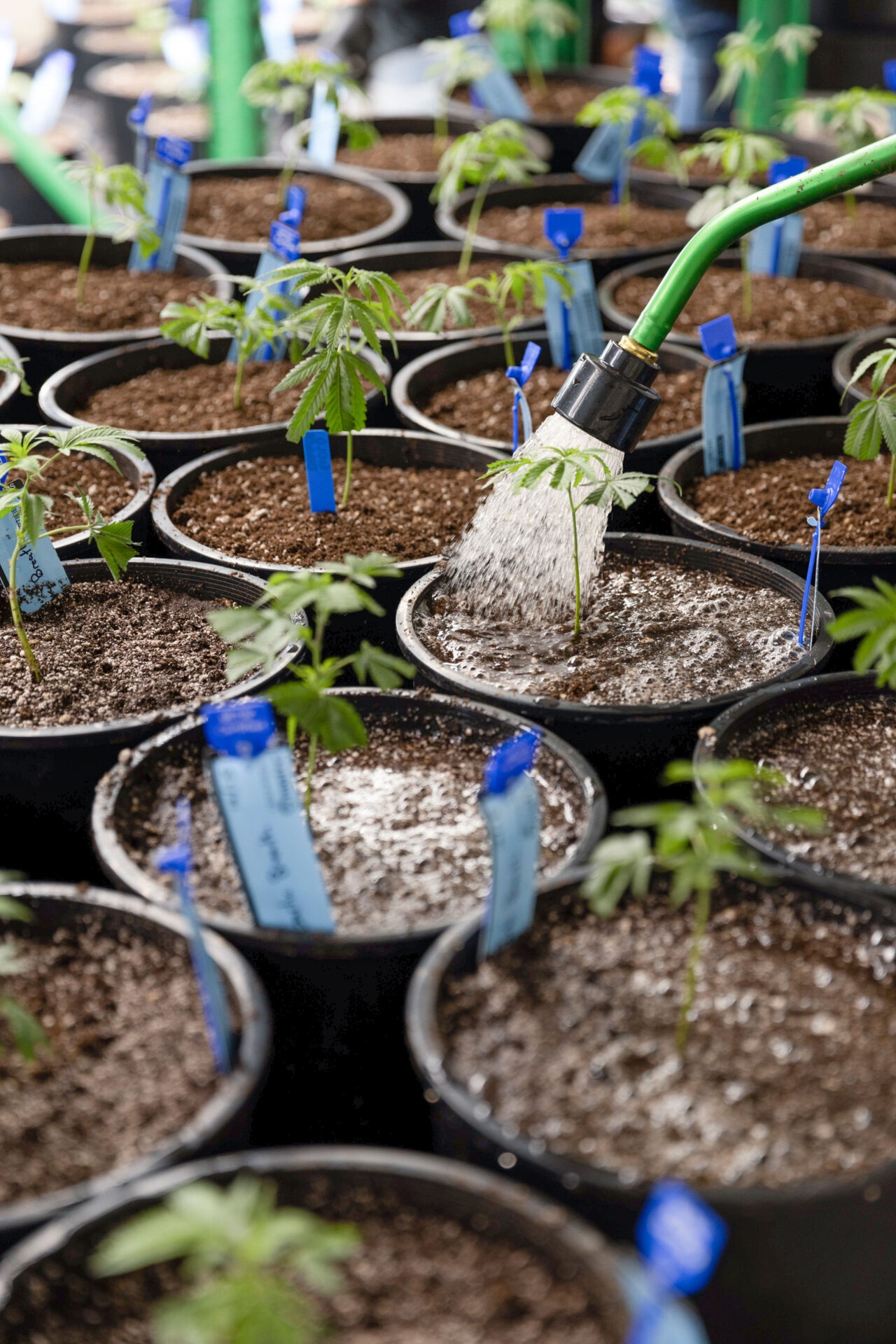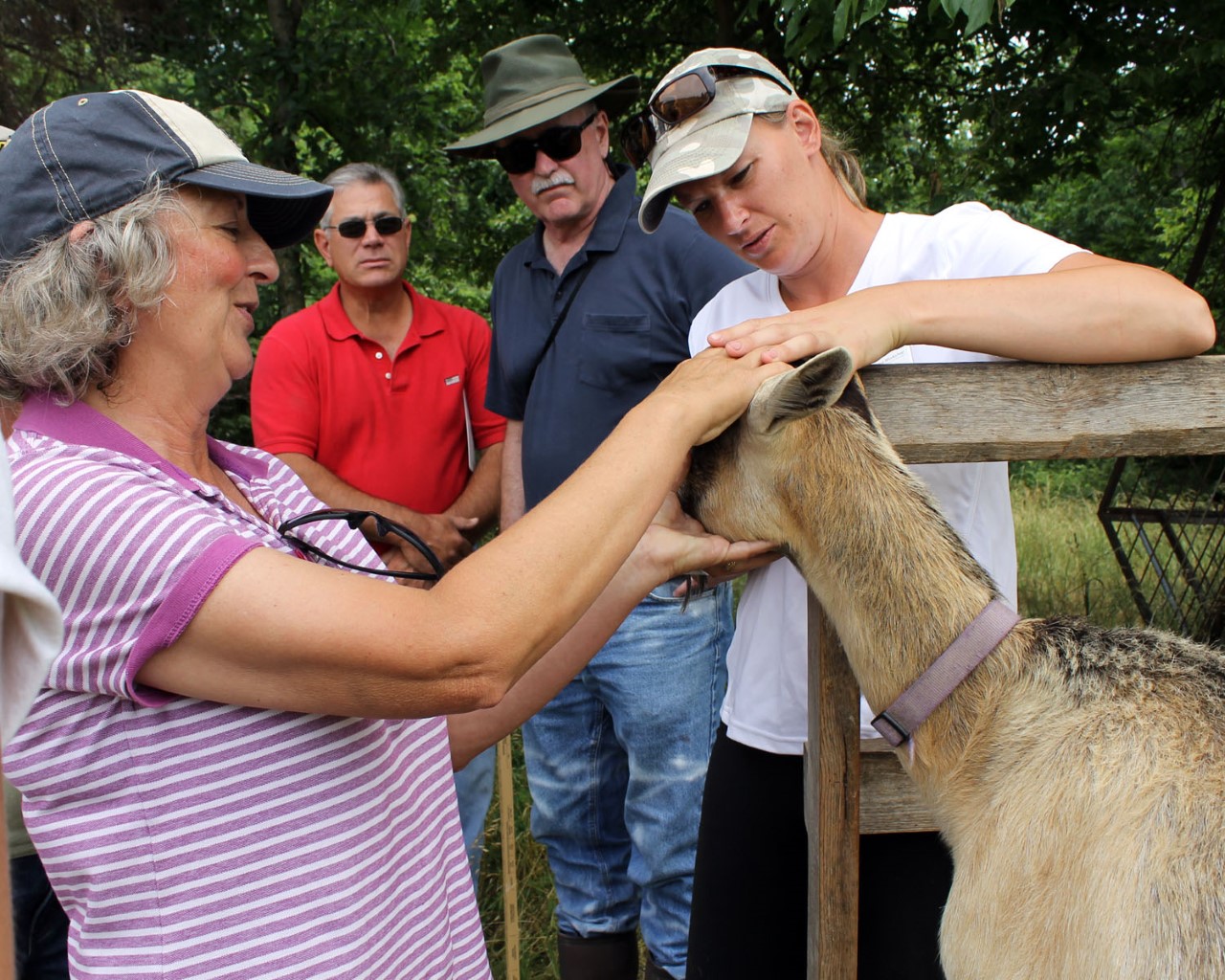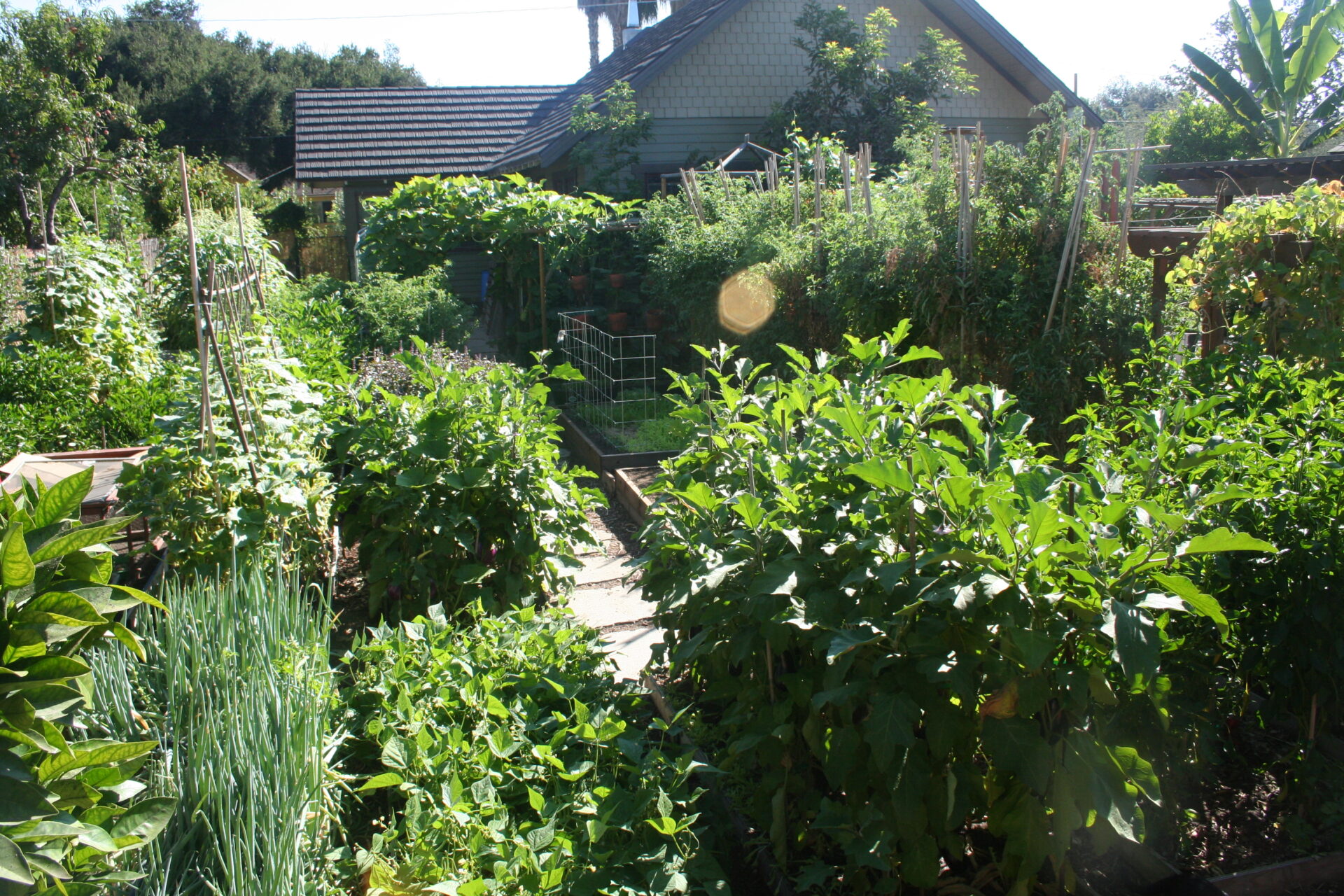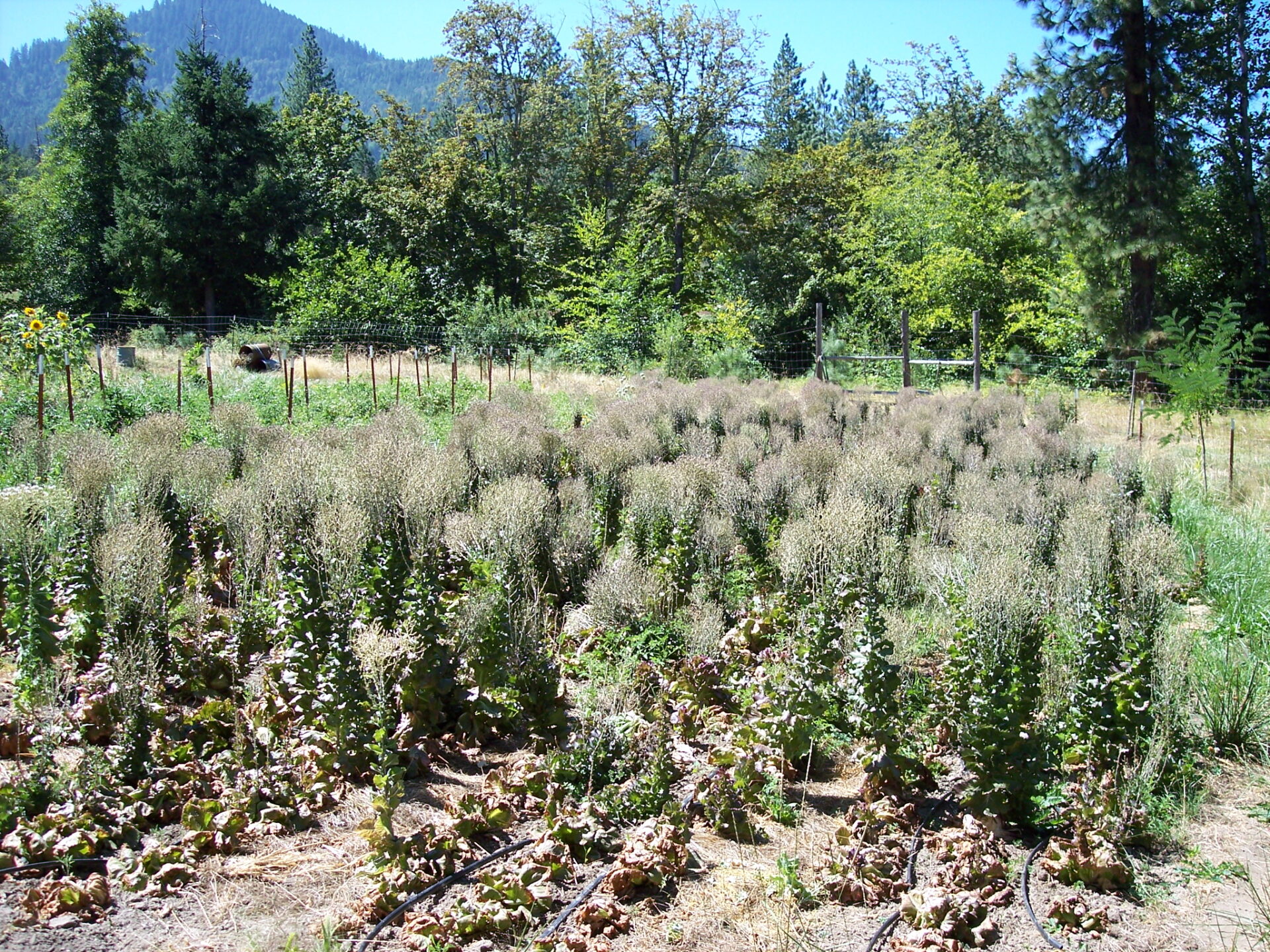
The boom in sustainable food production during the COVID-19 pandemic has created a higher demand for seed, resulting in low supply and a need for increased seed production.
The organic food market has grown at a consistent, increasing rate every year for the past two decades, and this past year has been no exception. Having a close or direct connection to food sources and information has been more important than ever to consumers.
However, there are not enough seed producers or seed to keep up with current demand.
“Seed companies had two to 10 times the sales than usual in 2020, using up all of their inventory. 2021 sees this trend continuing,” said Research and Education Assistant Director Jared Zystro of Organic Seed Alliance. “It’s a good time to be considering growing seed for yourself so that you don’t end up in a situation where you’re looking through the catalogs or finding your varieties out of stock at the seed companies,” he added.
Seed Crop Characteristics
In a presentation during the 2021 California Small Farm Conference, Zystro explained the basics of seed production, noting important characteristics of seed crops.
“A basic difference between various seed crops is flower arrangement. This is relevant to how plants are able to reproduce and how to manage plants when you’re growing them for seed,” he said.
Types of flower arrangements include perfect, monoecious and dioecious flowers. Perfect flowers have pollen-bearing and seed-bearing parts on the same flower, are found in self-pollinating crops and often produce relatively few yet large seeds per plant.
Tomatoes, beans, peas, broccoli, cabbage, carrots, sunflowers, lettuce and ornamental flowers are examples of crops with perfect flowers. “Many of the crops you know have these flowers, but they may not all be self-pollinating plants themselves,” Zystro noted.
Monoecious flowers have either seed-bearing or pollen-bearing parts. Monoecious crops, such as corn, squash, cucumber, melon and watermelon, have both types of flowers on the same plant. Dioecious flowers have either seed-bearing or pollen-bearing parts as well, but a dioecious plant, such as spinach, asparagus, ginkgo and hemp, will only have one type of flower. Both monoecious and dioecious flowers, along with perfect flowers, make up cross-pollinating crops that often have large numbers of small flowers that produce many seeds.
According to Zystro, it isn’t cut and dry as to whether or not a plant is self-pollinating or cross-pollinating. “There is a spectrum,” he said. “Crops that are more self-pollinating have different requirements for population size and isolation distance, typically requiring smaller populations and minimum isolation. Crops that are more cross-pollinating require much greater isolation and larger populations.”
Population size, Zystro said, is the amount of plants needed to save seed from in order to maintain a healthy, vigorous variety year after year. Isolation distance is the distance a crop needs to be from other flowering varieties of the same species.
Another important difference between various seed crops is the crop’s life cycle, according to Zystro. “Annuals produce seed in one year provided there is a long enough season for full maturity, while biennials take two years to produce seed and require overwintering and/or vernalization to set seed.”

Growing Practices
Zystro said that, for a majority of the season, growing seed crops is similar to growing market crops. Growing practices for seed crops, like market crops, include timing, spacing, staking, irrigation and fertility and weed management.
Timing
Seed crops typically take much longer to mature than the market equivalent, according to Zystro. For example, lettuce crops will require several more months in the ground than market crops for seed. Some crops, like tomato or winter squash, require timing that is about the same.
Spacing
The amount of space needed for seed crops is often much larger. Since the crop stays in the ground longer, they will grow larger; thus, greater spacing is needed to provide airflow between rows, which helps to mitigate disease. It might be beneficial to grow at normal spacing first and harvest the market crop every other row, leaving adequate spacing for remaining plants to continue to grow for seed production, Zystro advised.
Staking
Staking may only be necessary for some seed crops depending on how large they are at maturity.
Irrigation
Once crops begin to flower and seed, overhead irrigation should be avoided as it can cause sprouting and diseases when the plant flowers, Zystro said. Drip or furrow irrigation works best in the seed stage.
Fertility Management
Management will be mostly the same for seed and market crops. Zystro said to keep in mind that the growing season is longer for seed production and will require more fertility and water until the crop matures.
Weed Management
Weeds that otherwise could be ignored during the regular season where harvest occurs earlier cannot be ignored for seed production’s longer season. Remove weeds throughout the season so that there aren’t any tangled up with the plants.

Seed Saving
Harvest and postharvest practices for seed production, known as seed saving, include harvesting, drying, threshing, cleaning and storing seed.
Harvesting
There are multiple techniques for harvesting seed, Zystro said, including cutting or hand harvesting plants, pulling plants, the bucket method (bending plant into a bucket so seeds shatter into it,) hand collecting seeds and mechanical tools.
“I don’t recommend [pulling plants] because you want to avoid having dirt mixed in with seeds,” Zystro said.
Drying
Drying postharvest allows the seeds to complete maturity and makes extraction easier. Drying can be done in a number of ways, but plant material shouldn’t be dried on a non-permeable surface as this allows moisture to build up, according to Zystro.
Threshing
Threshing involves separating seeds from plant matter/stems and can occur in different ways, including stomping and driving over the seed with a vehicle. Only use a vehicle for threshing on a soft surface like grass and with a small-seeded crop, Zystro said. Large-seeded crops may experience damage to seed with driving in the form of cracks, reducing the quality and vigor of the seed.
Cleaning
“Cleaning method depends on whether the crop is dry-seeded or wet-seeded,” Zystro said. Dry-seeded crops, such as lettuce, have dry seed and fruit when they reach maturity. Wet-seeded crops, such as tomatoes, have wet seeds at maturity.
One technique for cleaning seeds from dry-seeded crops is screening, which includes screens large enough to allow seed to fall through while the non-seed, or chaff, stays on top, or screens small enough to allow seeds to stay on top while dust and fine chaff fall through. Often, both methods should be used to remove the bulk of the non-seed material, Zystro said. Another technique for dry-seed screening is winnowing. Winnowing uses wind to separate seeds from the chaff.
“Basically, pour seeds and chaffs into a wind stream, and the seeds being denser than the chaffs will fall faster into a closer container while chaffs being lighter fall farther into a separate container,” Zystro said.
A technique for cleaning seeds from wet-seeded crops is fermentation, which helps to control disease. Fermentation dissolves the slimy, mucilaginous layer around tomato or cucumber seeds and stringy placenta on squash seeds. Fermentation temperatures should be regulated between 75 to 90 degrees F and seeds should be stirred twice per day.
“Once fermentation has occurred, rinse and decant seed by filling the seed container up with water and streaming out any seed or pulp until the good seeds, which are settled to the bottom, are left,” Zystro said. “Then, spread seed out in a thin layer and apply air so they dry quickly and don’t sprout from leftover moisture.”
Storage
The final stage of seed production process before sale, saving or shipment is proper storage. Seed should be stored in a cool, dry, dark place with little to no fluctuation in storage conditions. A general rule, according to Zystro, is that the heat (in degrees F) and relative humidity values added together should not be more than 100 for optimal conditions. Seeds should be well labeled and protected from any rodent or insect pests as well.
